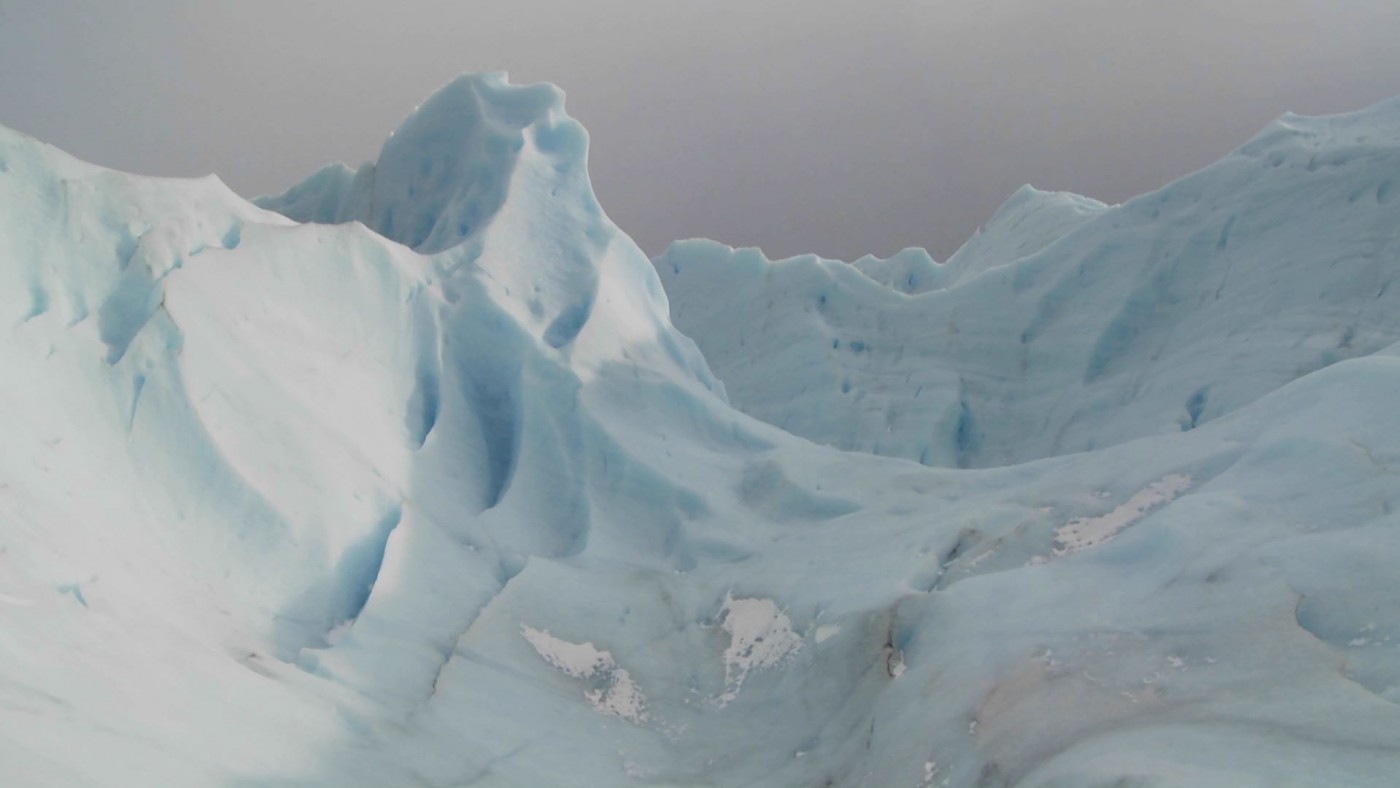The Most Northern Place is a simple but powerful web documentary about a small town in Northern Greenland.
It tells of a clash of cultures and a conflict of territory set during the run-up to the Cold War, and the forced the relocation of the Inuit population native to the town of Thule by the U.S. Army, circa 1953.
The word Thule derives from Greek, meaning 'the most northern place'. The original people of the town of Thule are the ancestors of all modern Inuit, reaching the North-Western coast of Greenland by the 13th century.
The Inuit people had minimal contact with Europeans until World War II ended and the build up to the Cold War began. Interest in the Arctic grew as it was a place where those countries that did not get along were very close to each other geographically. The U.S. Army, in particular, developed a strategic interest in the region and the Inuit soon realised they had company.
Visitors to the website take small steps to explore an empty village and it's surrounding landscape; it is a place that is devoid of people, a beautiful but unforgiving environment. The viewer discovers what happened in Thule step-by-step through the real memories of the people who lived there, all those years ago.
The memories are set alongside empty spaces, creating an unsettling experience which plays to the power of the interactive story. The story unfolds itself gradually, it is as if you’re wandering around the town of Thule yourself and you’re gradually getting a sense of the memories that will linger there long after.
Together with the short film ‘Qaanaaq’ by Nicole Paglia, The Most Northern Place is part of a work-in-progress transmedia storytelling experiment created from imagery and interviews shot on location in Greenland in 2010.
The idea and execution is a simple one, but this was always the aim.
"From a visual perspective, we were driven strongly by the question: “What would Thule have looked like, the day after?"
Thule Air Base is still active today, long after the Cold War has faded. The air-base is the U.S. Armed Forces northernmost installation, located 750 miles north of the Arctic Circle. The relocation of Thule happened as part of a top-secret U.S. Army experiment during the Cold War, to study the feasibility of army personnel working under the Arctic ice. Several army bases were built and staffed year-round.
"These Arctic army bases will be the subject of the second chapter of The Most Northern Place, currently in pre-production."
At its core The Most Northern Place is a human film, about human events. It isn’t about the Cold War nor about the U.S. Army. The narrative deliberately doesn’t take sides.
“We wrote The Most Northern Place to be ambivalent purposely. It never suggests clearly what the good and bad sides of the story are. We felt that the issues it addresses are quite complex, and the Inuit's own opinions on the subject are divided in their community.”
The music was composed with a similar ambivalence in mind. Alex Kozobolis scored The Most Northern Place to provide a soundtrack with depth and feeling, but without trying to suggest how viewers of the film should feel.
His composition is complemented with a subtle sound treatment which tries to emphasise the memories that provides this film with it’s narrative. Richard Nathan worked with sounds recorded in Greenland and turned them into a slightly haunting backdrop.
The final result is an interactive story which the viewer explores in their own time, and which does not try to impose emotions. What has happened is explored by the user in a way that leaves the conclusion open to them.
“The story is told by you, in a way. You could be exploring the empty town of Thule and make up your own mind about the events that took place there.”
Visit: The Most Northern Place
The Most Northern Place is a simple but powerful web documentary about a small town in Northern Greenland.
It tells of a clash of cultures and a conflict of territory set during the run-up to the Cold War, and the forced the relocation of the Inuit population native to the town of Thule by the U.S. Army, circa 1953.


The word Thule derives from Greek, meaning ‘the most northern place’. The original people of the town of Thule are the ancestors of all modern Inuit, reaching the North-Western coast of Greenland by the 13th century.
The Inuit people had minimal contact with Europeans until World War II ended and the build up to the Cold War began. Interest in the Arctic grew as it was a place where those countries that did not get along were very close to each other geographically. The U.S. Army, in particular, developed a strategic interest in the region and the Inuit soon realised they had company.


Visitors to the website take small steps to explore an empty village and it’s surrounding landscape; it is a place that is devoid of people, a beautiful but unforgiving environment. The viewer discovers what happened in Thule step-by-step through the real memories of the people who lived there, all those years ago.
The memories are set alongside empty spaces, creating an unsettling experience which plays to the power of the interactive story. The story unfolds itself gradually, it is as if you’re wandering around the town of Thule yourself and you’re gradually getting a sense of the memories that will linger there long after.

Together with the short film ‘Qaanaaq’ by Nicole Paglia, The Most Northern Place is part of a work-in-progress transmedia storytelling experiment created from imagery and interviews shot on location in Greenland in 2010.
The idea and execution is a simple one, but this was always the aim. “From a visual perspective, we were driven strongly by the question: “What would Thule have looked like, the day after?”
Thule Air Base is still active today, long after the Cold War has faded. The air-base is the U.S. Armed Forces northernmost installation, located 750 miles north of the Arctic Circle. The relocation of Thule happened as part of a top-secret U.S. Army experiment during the Cold War, to study the feasibility of army personnel working under the Arctic ice. Several army bases were built and staffed year-round.
“These Arctic army bases will be the subject of the second chapter of The Most Northern Place, currently in pre-production.”
At its core The Most Northern Place is a human film, about human events. It isn’t about the Cold War nor about the U.S. Army. The narrative deliberately doesn’t take sides.
“We wrote The Most Northern Place to be ambivalent purposely. It never suggests clearly what the good and bad sides of the story are. We felt that the issues it addresses are quite complex, and the Inuit’s own opinions on the subject are divided in their community.” The music was composed with a similar ambivalence in mind. Alex Kozobolis scored The Most Northern Place to provide a soundtrack with depth and feeling, but without trying to suggest how viewers of the film should feel.
“An incredible and poetic website about the most northern place on earth. Beautiful.”
His composition is complemented with a subtle sound treatment which tries to emphasise the memories that provides this film with it’s narrative. Richard Nathan worked with sounds recorded in Greenland and turned them into a slightly haunting backdrop.
The final result is an interactive story which the viewer explores in their own time, and which does not try to impose emotions. What has happened is explored by the user in a way that leaves the conclusion open to them.
“The story is told by you, in a way. You could be exploring the empty town of Thule and make up your own mind about the events that took place there.”




















